Air layering - a practical guide
Air layering is a simple and easy way of making a new plant without having to dig it up or disturb the parent plant, and without the need for any specialised equipment. It encourages a plant stem to produce roots at the site of a deliberate cut and by restricting light to that cut.
Air layering is useful for plants with woody stems like Magnolia, Rhododendron (pictured) and Lilac. It can also be used with indoor plants like Rubber plants (Ficus elastica) and tall stemmed plants like Dracaena.
Air layering is usually carried out in spring, on last year's growth, or in the late summer on the current year's growth.
Equipment you'll need:
-
A sharp knife with a clean blade.
-
Some rooting powder.
-
About half a handful of slightly damp moss.
-
Two elastic bands, snipped so you can tie them.
-
A sheet of black polythene about 15cm square.
As always, ensure that the plant material used is healthy, free from pests and diseases and is true to type.
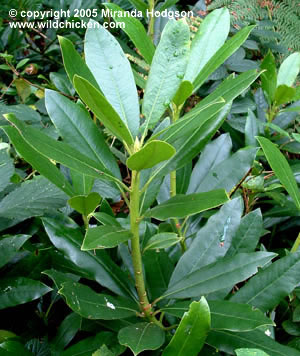
Method:
First select the stem that you'll layer. One from this year's growth, of about pencil thickness, will be fine.
If you need to, you can remove some leaves so that you have a clear section of stem to work on.
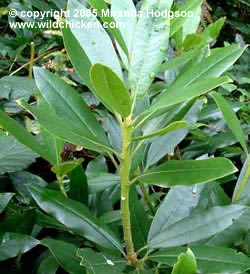
Using a sharp knife, make a cut about 1.5cm long up and into the stem, going no deeper than the centre of the stem.
You might want to wear gloves if using a knife this way makes you nervous.
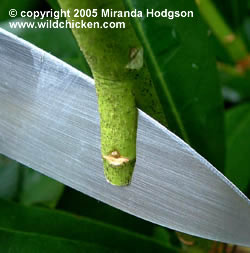
Take the polythene square and wrap it round the stem beneath the cut and fix it in place with the elastic band.
You could use string or wire, but elastic will mean that if the stem grows more before it's rooted and removed, it will have room to do so without being constricted or damaged.
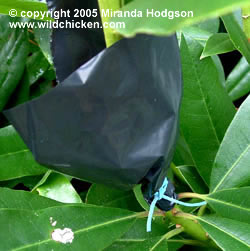
Take some moss and dust it with a little rooting powder.
Carefully push some into the cut with the knife blade.
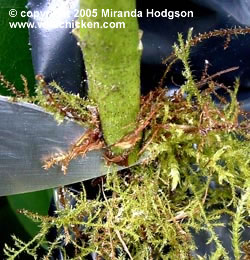
Pack the remaining moss around the stem so that it stays firm.
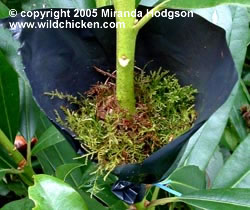
Wrap the polythene around the moss and stem and fix it in place with the other elastic band.
Make sure the elastic is tight enough so that water cannot run down the stem and waterlog the moss.
The layer of polythene acts to keep in moisture and warmth, whilst keeping out light. It also allows gases to permeate the moss.
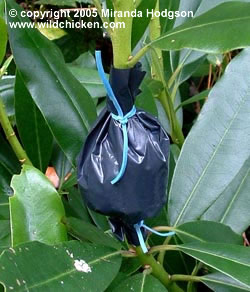
After care:
Leave the stem for at least a growing season as it will take this long to produce enough roots to plant up.
If any new growth appears towards the end of the dormant season, prune this off.
At the end of the dormant season, as the plant is starting to grow again, carefully remove the polythene and see what's going on underneath. If roots have grown through the moss, it's time to remove the cutting.
Cut the stem just below the area of layering. Loosen the moss and roots and pot the stem into a mix of John Innes No. 1, firming the compost but not compacting it. Label the pot.
Keep the new plant in a sheltered place until roots show at the base of the pot, when it can be potted on or planted out.